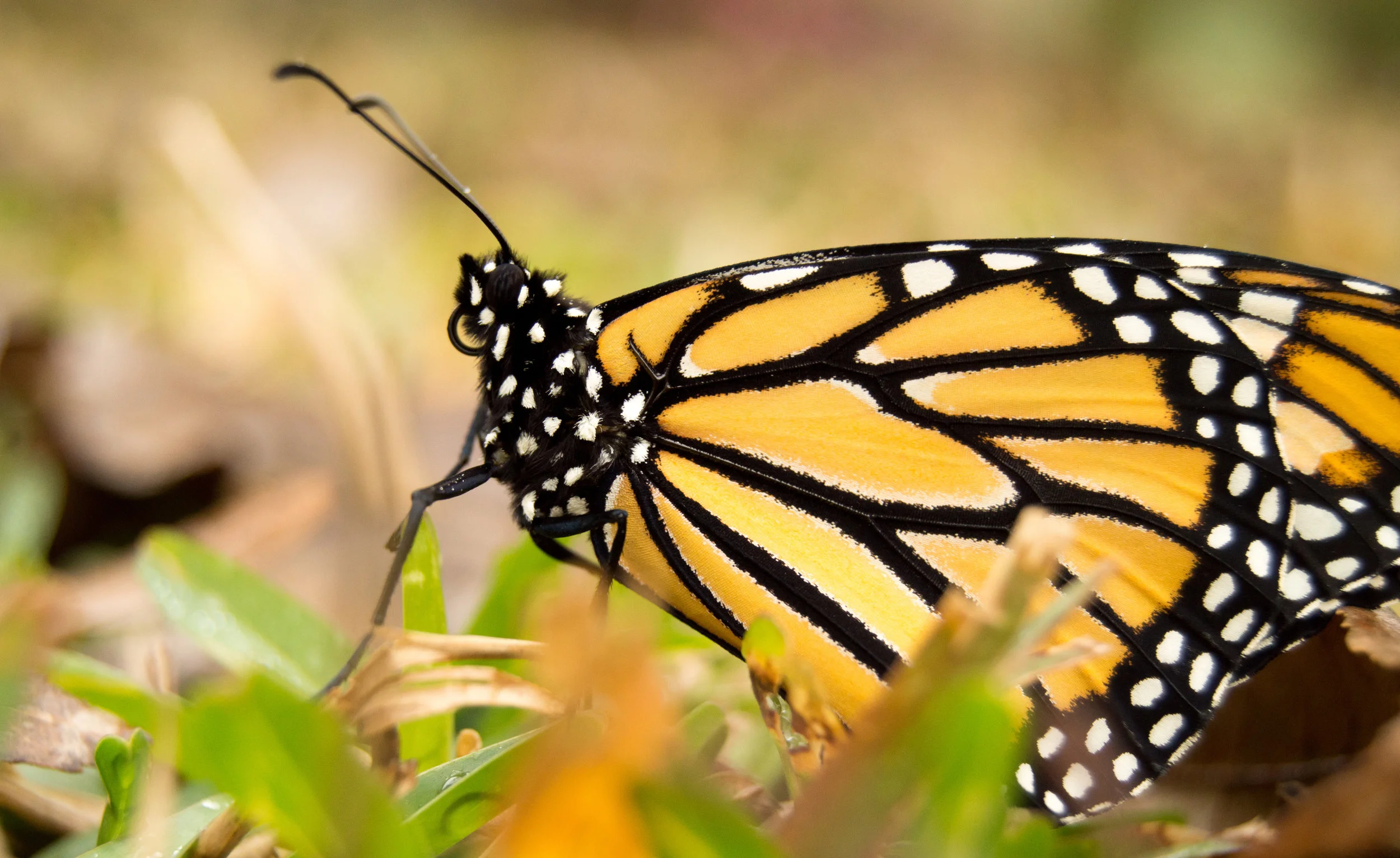A Grass Meditation
/Grass: A Meditation
Recently, it has occurred to me that you can tell the history of a place through its grasses. In her stunning debut, Whereas, the Oglala Sioux poet Layli Long Soldier writes,
a grass chorus moves shhhhh
through half-propped
windows I swallow
grass scents the solstice
makes a mind
wide make it
oceanic blue a field in crests
With the “grassesgrassesgrasses,” Long Soldier paints a landscape of intimate knowledge and memory. In her poems, she most often refers to native grasses from the prairies of South Dakota, where her tribe’s reservation is located. I was struck by this collection, not only because of its fine craft and timeliness, but because of its exultation of grasses. The truth is I’ve never felt renewed by a chorus of grasses. When I eat oatmeal, corn chips or wheat bread, I never consider how these grains are truly cultivated grasses. Growing up in Los Angeles, I never had a lawn or thought much about them. Since the draughts, lawns have become almost impossible to keep. For a while, public service announcements with images of dead grass boasted “Brown is the new green.”
When I moved to Indiana for grad school, I admit I was amazed by the generous space between houses, the sprawling green, and the fact that everyone had a lawn but no one liked to mow. But it is here on the Island that I’ve can say for the first time I’ve become intimate with grass. When I close my eyes, I have visions of grass. Specifically, the long white rhizomes of quackgrass that haunt our garden beds. I’ve spent quite a few hours in the last three weeks digging out quackgrass, tracing the roots through the dirt with a claw-like hand tool, not a hoe, to avoid severing the roots as best I can. During these hours of weeding, I’ve had a lot of time to think. I come to have a new appreciation for the term ‘grassroots organization.’ If an organization is built like quackgrass, it can meet a lot of opposition, get its leaves (or leaders) pulled out, and still rebound again and again.
Native to Europe and Western Asia, quackgrass followed grain-planting settlers and now is a weed in 65 countries known by many names, including twitch grass, couch grass, scutch grass, and devil’s grass. By many farmers it is considered one of the worst weeds and has been for a long time. In 1931, the USDA put out special bulletin to warn about quack. Agronomist L. W. Kephart reported “whole farms have virtually been abandoned because the weed could not be controlled economically.” The bulletin also notes that as early as 1578 in the “Old Country” scutch grass was know to be “a naughty and hurtful weed to corne.”
One of the reasons twitch grass is so terrible is because it is nearly indestructible: it reproduces both by seed and by rhizome. The seeds are viable for up to six years and will remain so even if they pass through the digestive tract of most farm animals other than pigs. Further, if the rhizome breaks, say through tilling or weeding, the orphaned rhizome just forms a new plant.
Though there is nothing quite as satisfying as pulling out an entire rhizome, it is not plausible to rid the entire garden of quackgrass by hand. The longest quackgrass rhizome on record was found in Canada measuring in at 154 meters, with 206 shoots of growing from it. For this reason, we are covering the areas of the garden most quack-infested with black landscape fabric. The dark covering will cut off the photosynthesis of the grass and cause it to wither. A withered devil’s grass is much easier to pull out. Another option for overcoming quackgrass is gardening using the “lasagna-style,” which means layering cardboard and compost in the place where you want to grow your garden. Russell Rolffs will demonstrate this technique at the ANC’s first Garden Chat meeting of the summer, June 29 at 10:00 am.
For now as I return to the garden wishing and pulling the grassesgrassesgrasses out of the ground, I will try to encourage myself with notion that I am not just weeding, but I am participating in the history of this place.
(click then, scroll up)

